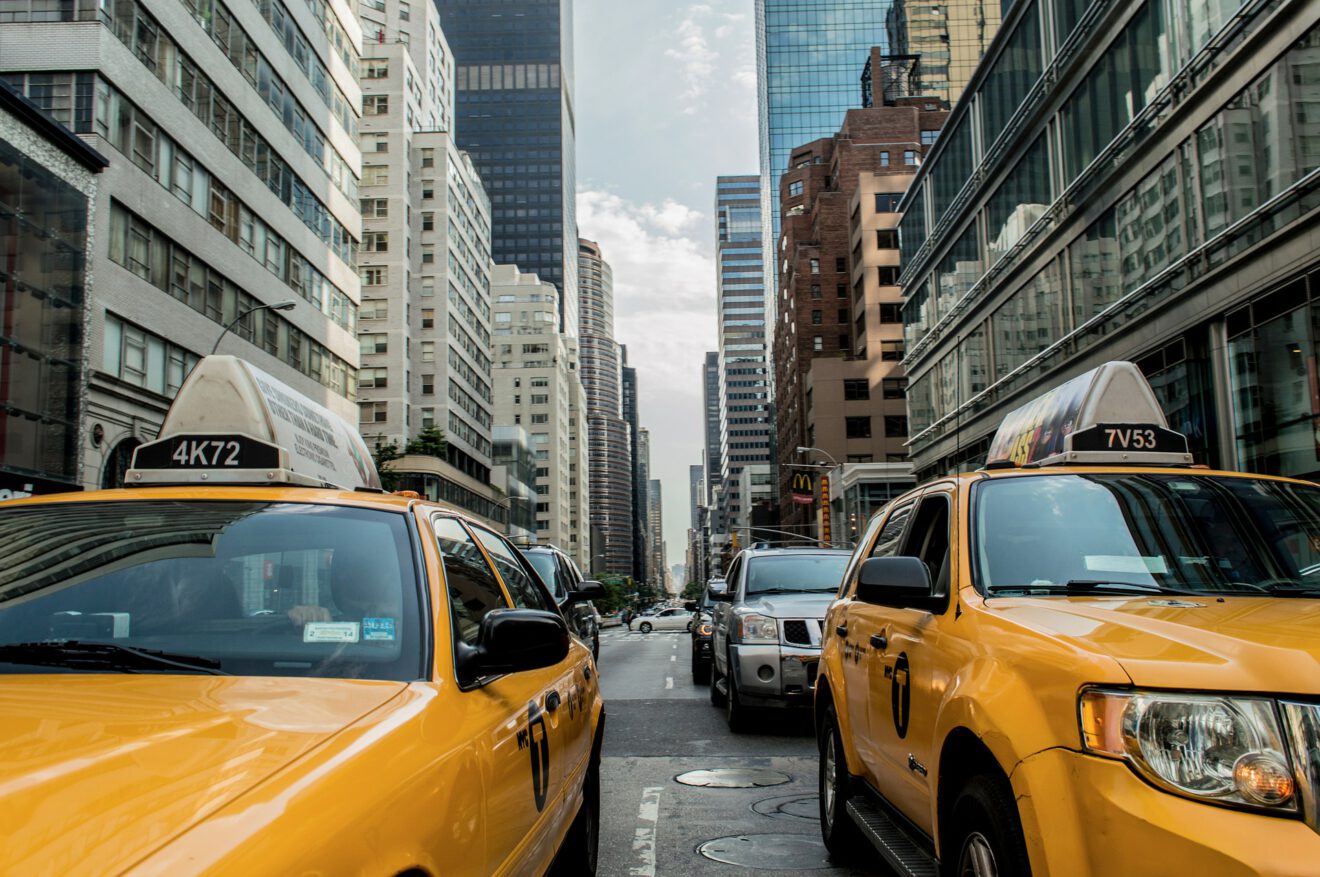Consumer demand for convenience and access to a wide variety of foods is driving innovations in the food delivery space, with restaurant brands rushing to offer their own delivery services or team with companies offering on-demand delivery. Delivery companies are transporting meals in all sorts of ways, from cars to scooters and bicycles, but a few companies are tapping into a network of drivers already on the road to connect people with their food. Popular ridesharing service Uber is using its drivers to deliver a curated selection of meals from local restaurants, and New York-based Delivery.com partnered with the taxi cab commission in Washington, D.C., to expand its network of delivery drivers.
Food delivery is most popular among millennials, and delivery meals represent about one-fifth of the demographic’s foodservice occasions, compared with a tenth of occasions for Baby Boomers, according to research from Technomic.
“Heavier usage by younger consumers is a signal that delivery demand will continue to grow as these consumers move through their peak spending years,” Technomic’s Darren Tristano wrote in a blog post examining the growing influence of delivery on the restaurant business.
Millennials are also the largest customer segment for on-demand ride apps, with younger millennials being the heaviest users, according to a Skift survey. Utilizing the growing network of on-demand drivers-for-hire to deliver meals was a logical next step for Uber, which launched its UberFresh delivery service in California in 2014. Now called UberEats, the delivery service is available in 22 cities worldwide and is constantly adding new markets.
“There’s never been a company…where you have a driver ready to do a job at a few minutes notice with such penetration. So we said, ‘if Uber can bring you a car in a few minutes, what are the other benefits of that sort of logistics network?’” Jason Droege, head of UberEverything, said during a discussion the National Restaurant Association Show in May.
Uber’s experience in the on-demand ride business and large network of drivers allows the company to keep delivery times consistent, even at busy times of night, Droege said, but there’s a lot more to UberEats than simply putting food in cars. The company works with all of its restaurant partners to help them give customers the best experience possible by developing curated menus, strategically choosing delivery areas and helping them select the best type of packaging for different dishes. Only those dishes that will keep their integrity during the average delivery time of 35 minutes are selected for the UberEats menu, and some restaurants offer special dishes or combinations designed especially for delivery. Once food is packaged and ready to go, it travels to the customer inside an insulated bag plugged into the Uber vehicle.
Uber has a team of people in every city where it operates who can meet with restaurant partners to help them work through problems and choose the right dishes to best represent their brand, which is part of the company’s mission of celebrating local flavor, Droege said.
“Everything we do should celebrate the cities…and allow people to engage with their city in a more frictionless way,” he said.
Giving consumers easier access to local businesses is also part of the mission statement for Delivery.com, which launched a meal delivery pilot program with the District of Columbia Taxicab Commission in May. Adding Washington, D.C., taxi drivers to its network of delivery drivers allowed the company to expand its delivery area and form partnerships with new restaurant brands, some of which are in underserved areas of the city.
“By leveraging available capacity in public vehicles-for-hire, licensed drivers have another source of revenue and the District continues to support innovative solutions to satisfy public demands,” DCTC Chairman Ernest Chrappah said in a news release.
__________________________________________________
If you enjoyed this article, join SmartBrief’s email list for more stories about the food and beverage industry. We offer 17 newsletters covering the industry from restaurants to food manufacturing.
